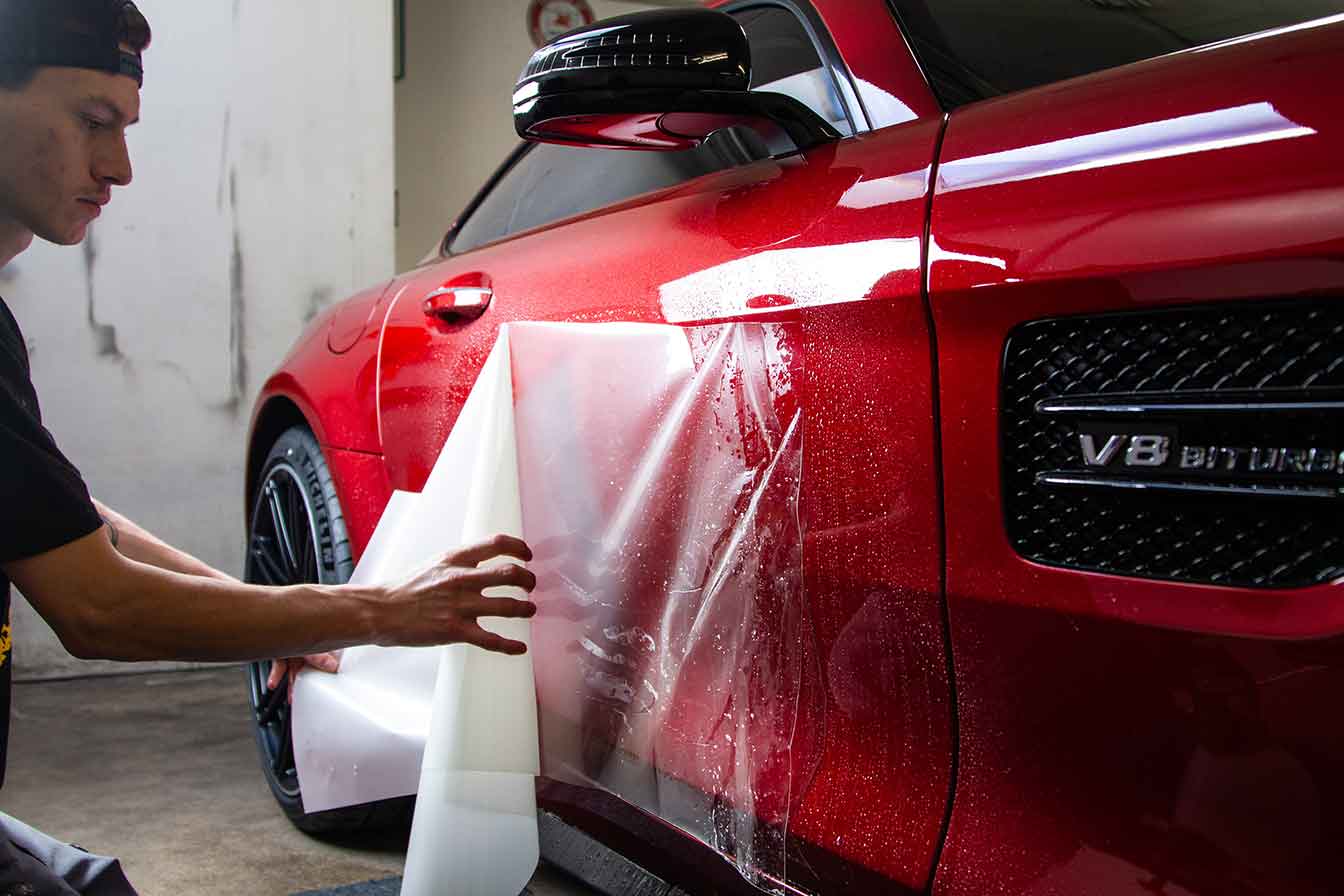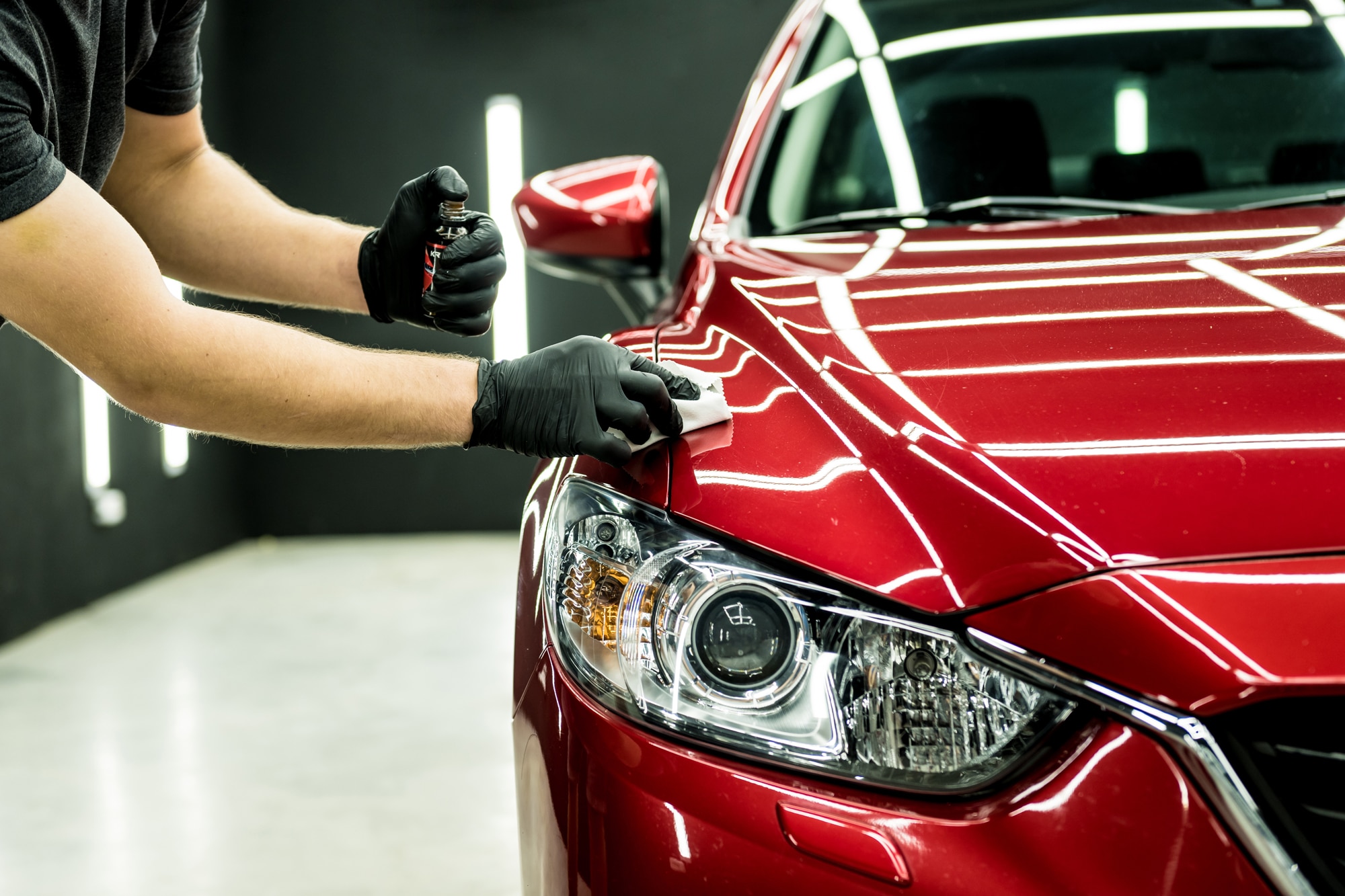A Comprehensive Guide to the Types of Ceramic Finish on the Market
Ceramic coverings have arised as a crucial service across various markets because of their one-of-a-kind properties and applications. From silica-based formulas recognized for their toughness to crossbreed options that merge numerous benefits, the options readily available can be overwhelming. Recognizing the subtleties of each type, including their details advantages and ideal use instances, is vital for making educated decisions. As we explore the unique features and applications of these coverings, the effects for efficiency and longevity end up being significantly apparent, questioning about which type may best match your demands.
Recognizing Ceramic Coatings
Ceramic layers are sophisticated safety options that have actually obtained appeal in different markets, especially in automobile and aerospace applications. These finishings consist of a fluid polymer that, when cured, creates a resilient, hydrophobic layer externally of the substratum. This layer provides boosted resistance to ecological pollutants, UV radiation, and chemical exposure, thereby expanding the life and visual allure of the underlying product.
The essential component of ceramic finishings is silica, which adds to their hardness and sturdiness. The application process typically entails surface preparation, application of the layer, and treating, which can be achieved via warm or UV light. Once healed, ceramic finishes display exceptional bonding buildings, enabling them to adhere highly to a selection of surface areas, including steels, plastics, and glass.
In enhancement to their protective attributes, ceramic coverings additionally supply simplicity of maintenance. Their hydrophobic nature reduces the adherence of dust and grime, making cleansing easier and much less regular. In general, the fostering of ceramic finishings stands for a substantial advancement in surface area protection modern technology, supplying both functional and aesthetic benefits throughout multiple industries.
Types of Ceramic Coatings
Numerous sorts of ceramic coverings are readily available, each created to fulfill specific performance demands and applications - Paint Protection Film. One of the most common kinds include:
Silica-based Coatings: These finishings largely include silicon dioxide and are understood for their durability and chemical resistance. They are commonly utilized in auto and commercial applications.
Titanium Dioxide Coatings: Distinguished for their photocatalytic homes, titanium dioxide coatings are often applied in atmospheres where self-cleaning and antifungal buildings are desirable, such as in building materials and automotive coatings.
Zirconia Coatings: Identified by their high-temperature security and thermal resistance, zirconia finishes are used in applications such as wind turbine engines and high-performance automotive components.
Alumina Coatings: Showing superb firmness and thermal stability, alumina coverings are frequently used in wear-resistant applications, including cutting devices and commercial equipment. - Paint Protection Film
Crossbreed Coatings: Incorporating the properties of various materials, crossbreed click here for info finishings supply enhanced efficiency qualities, making them appropriate for one-of-a-kind and demanding applications.
Each type of ceramic coating offers distinctive purposes, permitting individuals to pick the most appropriate option based on specific ecological conditions and efficiency requirements.
Benefits of Ceramic Coatings
Ceramic coatings, in particular, offer many advantages that make them progressively prominent amongst manufacturers and customers alike. These coatings are immune to scrapes, chemicals, and UV rays, making certain that the underlying surface remains protected over time.
Along with toughness, ceramic coatings offer exceptional hydrophobic residential or commercial properties, enabling for simple cleansing and upkeep. This water-repellent nature lessens the adherence of dirt, grime, and various other contaminants, which can lengthen the aesthetic allure and performance of the surface area. Ceramic finishes can significantly enhance thermal resistance, making them optimal for applications that sustain high temperatures.

Application Process
When applying ceramic finishings, a precise method is vital to accomplish optimal outcomes. The application process generally begins with complete surface preparation. This entails washing, sanitizing, and brightening the surface area to get rid of all pollutants, including dirt, oil, and prior waxes or sealers. A clean surface ensures correct bond of the coating.
Once the surface area is prepped, the following step is to apply the ceramic finish. This can be done making use of an applicator pad or a microfiber fabric, making certain also coverage. It is critical to operate in tiny sections to maintain control and protect against premature healing. The layer ought to be used in thin layers, as thicker applications can cause irregular finishes.
After application, the layer requires a details healing time, generally varying from a couple of hours to a complete day, depending on the product. Following these steps vigilantly will maximize the performance and durability of look at here the ceramic covering, providing a durable safety layer for the surface.
Upkeep and Longevity
To ensure the durability and efficiency of a ceramic covering, regular upkeep is important. Ceramic coatings, understood for their sturdiness and protective top qualities, need details care regimens to maximize their lifespan and efficiency. The primary step in upkeep involves routine cleaning with pH-neutral soap, preventing extreme chemicals that can weaken the finish. It is advisable to clean the vehicle regularly, ideally every 2 weeks, to avoid the buildup of pollutants that can compromise the finish's integrity.
Along with regular cleaning, regular evaluations are essential. Try to find signs of wear or damages, such as hydrophobic homes diminishing or surface flaws. If required, a light gloss might be put on rejuvenate the covering without removing it away.
Furthermore, the application of a booster spray can enhance the finish's hydrophobic results and restore its gloss. This is especially advantageous for finishings that have remained in use for a prolonged period. Eventually, by adhering to these maintenance methods, one can substantially prolong the life of a ceramic covering, guaranteeing that it remains to supply optimal protection versus ecological variables and preserve the aesthetic appeal of the vehicle.
Conclusion
